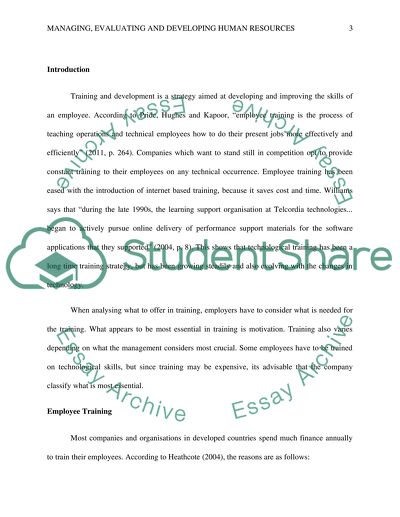Cite this document
(“Managing, Evaluating and Developing Human Resources Essay”, n.d.)
Managing, Evaluating and Developing Human Resources Essay. Retrieved from https://studentshare.org/human-resources/1629791-managing-evaluating-and-developing-human-resources
Managing, Evaluating and Developing Human Resources Essay. Retrieved from https://studentshare.org/human-resources/1629791-managing-evaluating-and-developing-human-resources
(Managing, Evaluating and Developing Human Resources Essay)
Managing, Evaluating and Developing Human Resources Essay. https://studentshare.org/human-resources/1629791-managing-evaluating-and-developing-human-resources.
Managing, Evaluating and Developing Human Resources Essay. https://studentshare.org/human-resources/1629791-managing-evaluating-and-developing-human-resources.
“Managing, Evaluating and Developing Human Resources Essay”, n.d. https://studentshare.org/human-resources/1629791-managing-evaluating-and-developing-human-resources.


